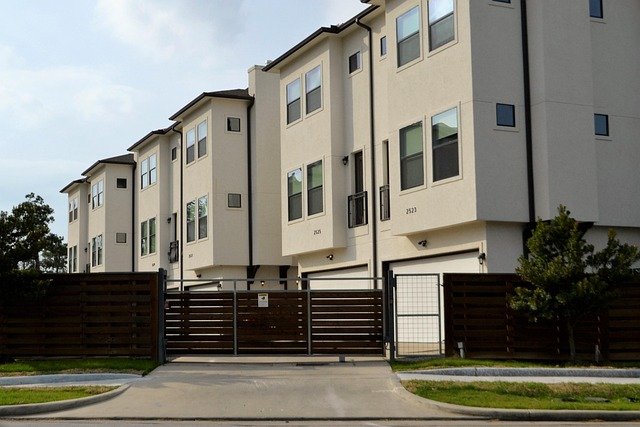Reimagining Urban Density: The Rise of Micro-Apartments
In the ever-evolving landscape of real estate, a new trend is reshaping urban living: micro-apartments. These compact living spaces, typically ranging from 200 to 400 square feet, are gaining traction in major cities worldwide. As housing affordability continues to be a pressing issue, micro-apartments offer a innovative solution that challenges traditional notions of urban dwelling while addressing the needs of a growing demographic of young professionals and minimalists.

Historical Context and Market Drivers
The roots of micro-living can be traced back to the early 20th century with the rise of efficiency apartments in New York City. However, the current micro-apartment trend gained momentum in the aftermath of the 2008 financial crisis, as urban populations grew and housing affordability declined. Millennials entering the workforce, coupled with changing attitudes towards minimalism and sustainability, further fueled the demand for these compact living spaces.
Economic Implications for Real Estate Investors
For real estate investors, micro-apartments present an intriguing opportunity. The higher price per square foot compared to traditional apartments can lead to attractive returns, especially in prime urban locations. Additionally, the potential for higher occupancy rates due to increased affordability for tenants makes micro-apartments an appealing asset class. However, investors must carefully consider local zoning laws, building codes, and potential regulatory changes that could impact the viability of micro-apartment developments.
Design Innovations and Amenities
Architects and designers are at the forefront of the micro-apartment movement, constantly innovating to make these small spaces feel larger and more livable. Features like murphy beds, convertible furniture, and built-in storage are standard. Many micro-apartment buildings also offer extensive communal amenities to complement the compact private spaces, including co-working areas, fitness centers, and rooftop gardens. This blend of private and shared spaces creates a unique community atmosphere that appeals to many urban dwellers.
Challenges and Criticisms
Despite their growing popularity, micro-apartments are not without controversy. Critics argue that these units may lead to overcrowding and potentially compromise quality of life. There are concerns about the long-term psychological effects of living in such small spaces, as well as the potential for micro-apartments to drive up overall housing costs in certain neighborhoods. Policymakers and urban planners must grapple with these issues as they consider the role of micro-apartments in addressing housing shortages.
Impact on Urban Planning and Development
The rise of micro-apartments is reshaping urban landscapes and challenging traditional zoning laws. Cities are reevaluating minimum square footage requirements and parking regulations to accommodate these developments. This shift could lead to increased urban density, potentially reducing urban sprawl and promoting more sustainable city growth. However, it also raises questions about infrastructure capacity and the need for public services to support higher population densities in urban cores.
Market Outlook and Future Trends
As millennials age and start families, the long-term viability of micro-apartments as a housing solution remains to be seen. However, the concept is evolving to include larger units designed for couples and small families, suggesting a potential for sustained growth. Additionally, the integration of smart home technology and the increasing acceptance of remote work may further enhance the appeal of micro-living. Real estate professionals should closely monitor these trends to anticipate shifts in housing demand and investment opportunities.
A New Chapter in Urban Living
Micro-apartments represent more than just a housing trend; they embody a shift in how we perceive urban living and space utilization. As cities continue to grapple with housing affordability and sustainability, these compact dwellings offer a compelling solution that challenges conventional wisdom about residential real estate. For investors, developers, and urban planners, micro-apartments present both opportunities and challenges that will shape the future of our cities. As this trend evolves, it will undoubtedly play a significant role in redefining urban landscapes and lifestyles for years to come.





